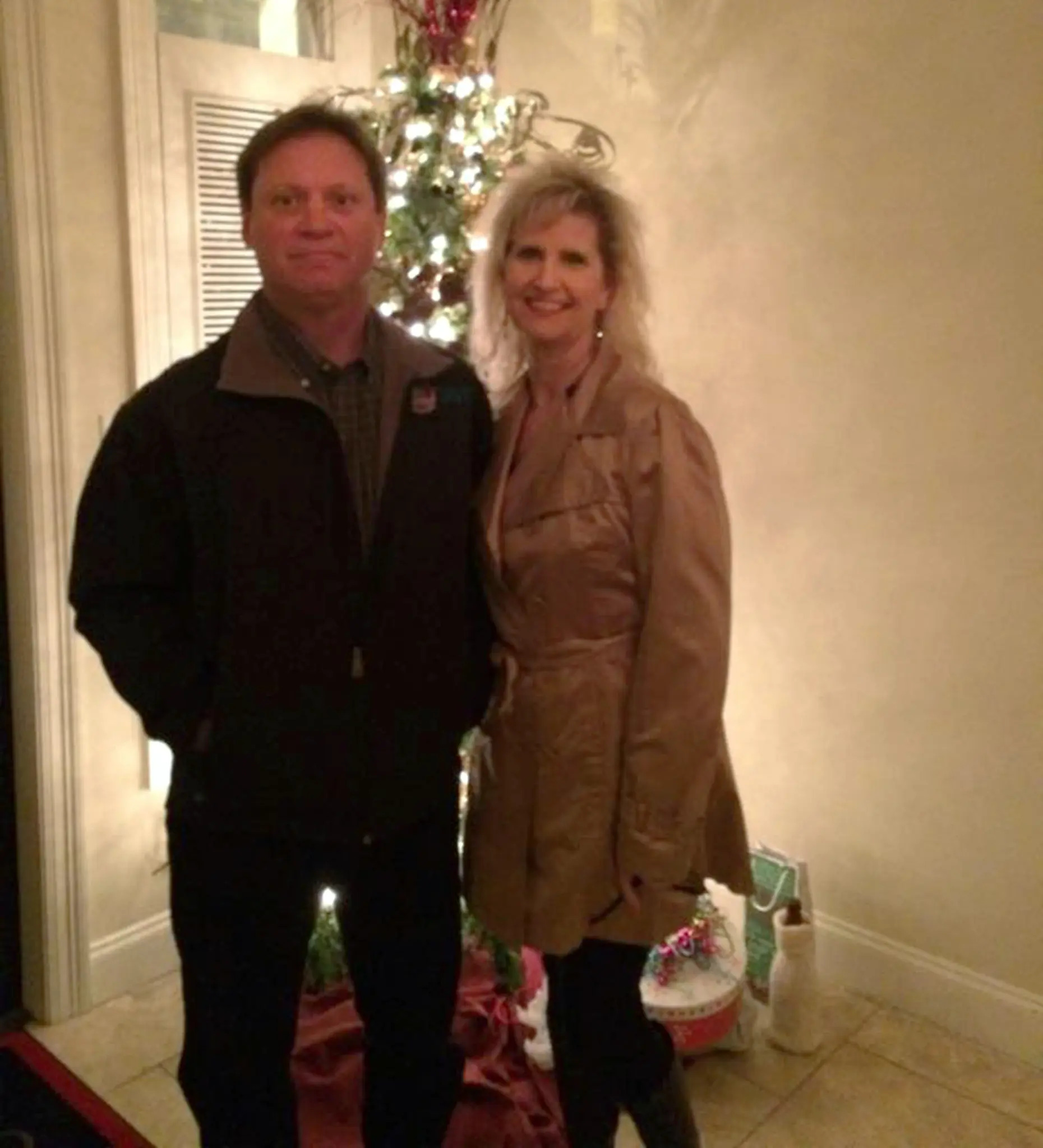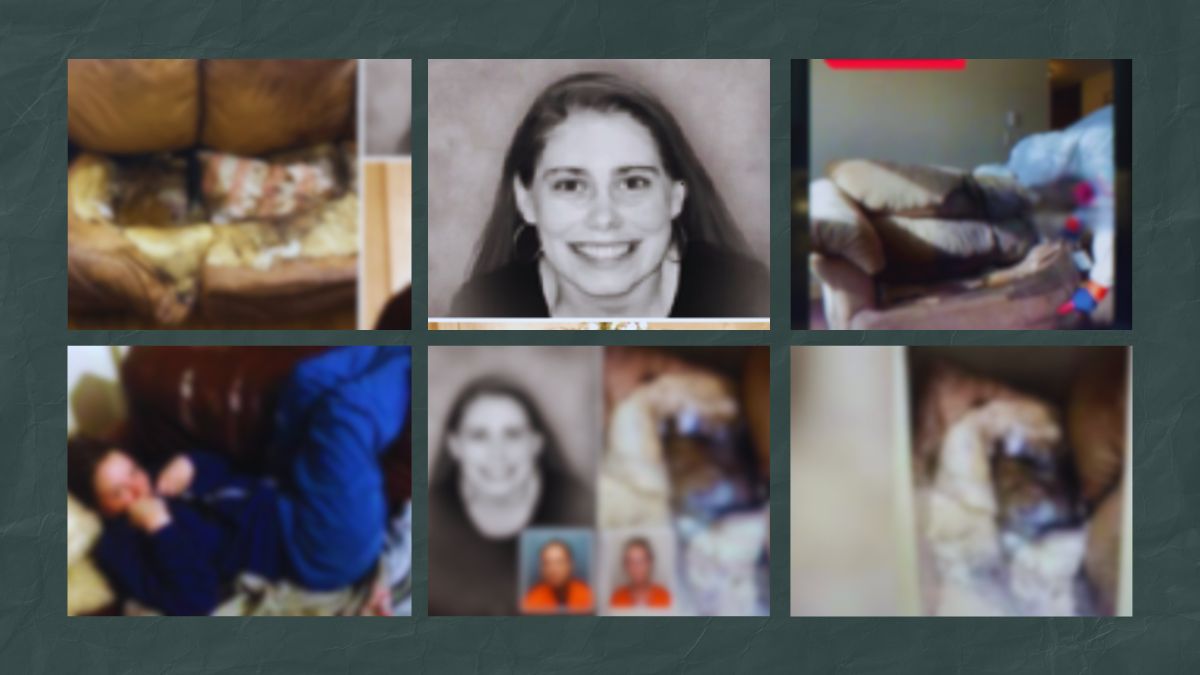The case of Lacey Fletcher has captured the attention of millions worldwide, with many searching for answers about her tragic story. One of the most searched terms related to her case is "Lacey Fletcher autopsy photo." However, the availability of such images raises important ethical questions about privacy, consent, and the media's role in sharing sensitive content.
Lacey Fletcher's story is both heartbreaking and complex, involving issues of crime, justice, and public curiosity. As people seek to understand what happened, they often turn to the internet for answers, including searching for autopsy photos. But is it ethical to share these images, and what impact do they have on the victim's family and the public?
In this article, we will delve into the truth behind Lacey Fletcher's autopsy photos, exploring the legal, ethical, and emotional implications of their existence. We will also provide insight into her life, the circumstances surrounding her death, and why this case continues to resonate with so many people.
Read also:Did The Rock Dwayne Johnson Really Die Unveiling The Truth Behind The Rumors
Table of Contents
- Lacey Fletcher Biography
- Cause of Death
- Autopsy Details
- Ethical Issues Surrounding Autopsy Photos
- Media Coverage and Public Curiosity
- Legal Implications
- Impact on Family and Friends
- Public Response and Reaction
- Preventing Misinformation
- Conclusion
Lacey Fletcher Biography
Lacey Fletcher: A Brief Overview
Lacey Fletcher was a young woman whose life and untimely death have left a lasting impact on her community and beyond. Below is a summary of her personal details:
| Full Name | Lacey Fletcher |
|---|---|
| Date of Birth | March 10, 1989 |
| Place of Birth | Fort Worth, Texas, USA |
| Occupation | Student |
| Education | University of Texas at Arlington |
Lacey was known for her vibrant personality and dedication to her studies. Her family and friends remember her as a compassionate and caring individual who had a bright future ahead of her.
Cause of Death
The exact cause of Lacey Fletcher's death was determined through a thorough investigation, including an autopsy. According to official reports, her death was ruled a homicide, with the cause being blunt force trauma to the head. This information was released by local authorities following their investigation into the case.
Autopsy Details
What Happens During an Autopsy?
An autopsy is a detailed medical examination performed after death to determine the cause and manner of death. In Lacey Fletcher's case, the autopsy provided critical information that helped investigators piece together the events leading to her tragic demise.
- Autopsies are conducted by forensic pathologists, who specialize in examining deceased individuals.
- The process involves a thorough examination of the body, including internal organs and tissues.
- Photographic evidence is often taken during the procedure for documentation purposes.
While autopsy photos can provide valuable insights for law enforcement, their release to the public is a highly sensitive issue.
Ethical Issues Surrounding Autopsy Photos
The debate over whether autopsy photos should be made public is a contentious one. On one hand, some argue that transparency can help bring justice for victims and their families. On the other hand, there are significant ethical concerns about privacy and respect for the deceased.
Read also:Mastering Iot Ssh P2p A Comprehensive Guide To Revolutionizing Connectivity
Why Are Autopsy Photos Controversial?
- Privacy Concerns: Autopsy photos can invade the privacy of the deceased and their loved ones.
- Emotional Impact: Viewing such images can be distressing for family members and the public alike.
- Media Exploitation: Some media outlets may sensationalize the case by sharing graphic images without consent.
It is crucial to balance the need for transparency with the rights and dignity of the deceased and their families.
Media Coverage and Public Curiosity
The media plays a significant role in shaping public perception of high-profile cases like Lacey Fletcher's. While media coverage can bring attention to important issues, it can also lead to misinformation and exploitation of sensitive material.
How Does the Media Handle Sensitive Content?
Responsible journalism involves verifying facts, respecting privacy, and avoiding sensationalism. However, not all media outlets adhere to these principles, leading to the spread of misleading or harmful content.
For example, some websites may claim to have "exclusive" Lacey Fletcher autopsy photos, but these claims are often false and designed to attract clicks. It is essential for readers to critically evaluate the sources they rely on for information.
Legal Implications
The release of autopsy photos is governed by strict legal regulations. In many jurisdictions, only authorized personnel, such as law enforcement officials and family members, are allowed access to such materials.
Can Autopsy Photos Be Shared Legally?
Under certain circumstances, autopsy photos may be released to the public, but this requires approval from the appropriate authorities. Factors such as the public interest in the case and the potential impact on the deceased's family are carefully considered before making such decisions.
Violating these regulations can result in legal consequences, including fines and criminal charges. It is important for individuals and organizations to adhere to these laws to protect the rights of all parties involved.
Impact on Family and Friends
The release of autopsy photos can have a profound emotional impact on the victim's family and friends. For many, seeing such images can be a painful reminder of their loss and may hinder the healing process.
How Can We Support the Families of Victims?
- Respect Privacy: Avoid sharing or discussing sensitive content without permission.
- Offer Support: Provide emotional and practical support to those affected by the tragedy.
- Raise Awareness Responsibly: Advocate for justice while respecting the dignity of the deceased.
By showing empathy and understanding, we can help create a more compassionate society.
Public Response and Reaction
The public response to Lacey Fletcher's case has been varied, with many expressing outrage, sorrow, and a desire for justice. Social media platforms have played a significant role in amplifying the conversation, allowing people to share their thoughts and support one another.
How Can We Engage in Constructive Conversations?
When discussing sensitive topics like Lacey Fletcher's autopsy photos, it is important to approach the conversation with respect and sensitivity. Avoid spreading rumors or unverified information, and focus on promoting awareness and understanding.
Engaging in constructive dialogue can help foster a sense of community and solidarity, encouraging people to work together toward meaningful change.
Preventing Misinformation
In an age of information overload, it is crucial to verify the accuracy of the content we consume. Misinformation about cases like Lacey Fletcher's can perpetuate harmful stereotypes and undermine justice efforts.
Tips for Identifying Reliable Sources
- Check the credibility of the website or publication.
- Look for citations and references to support claims.
- Be wary of sensational headlines or clickbait articles.
By prioritizing accurate and trustworthy information, we can ensure that justice is served and the memory of victims like Lacey Fletcher is honored.
Conclusion
The case of Lacey Fletcher autopsy photo highlights the complex interplay between justice, privacy, and public curiosity. While autopsy photos can provide valuable evidence in criminal investigations, their release must be handled with care and sensitivity.
As we continue to seek answers about Lacey Fletcher's tragic story, let us remember the importance of respecting her memory and supporting her loved ones. By engaging in responsible discussions and promoting awareness, we can honor her legacy and work toward a safer, more just society.
We invite you to share your thoughts in the comments section below or explore other articles on our website for more insights into important social issues. Together, we can make a difference.


